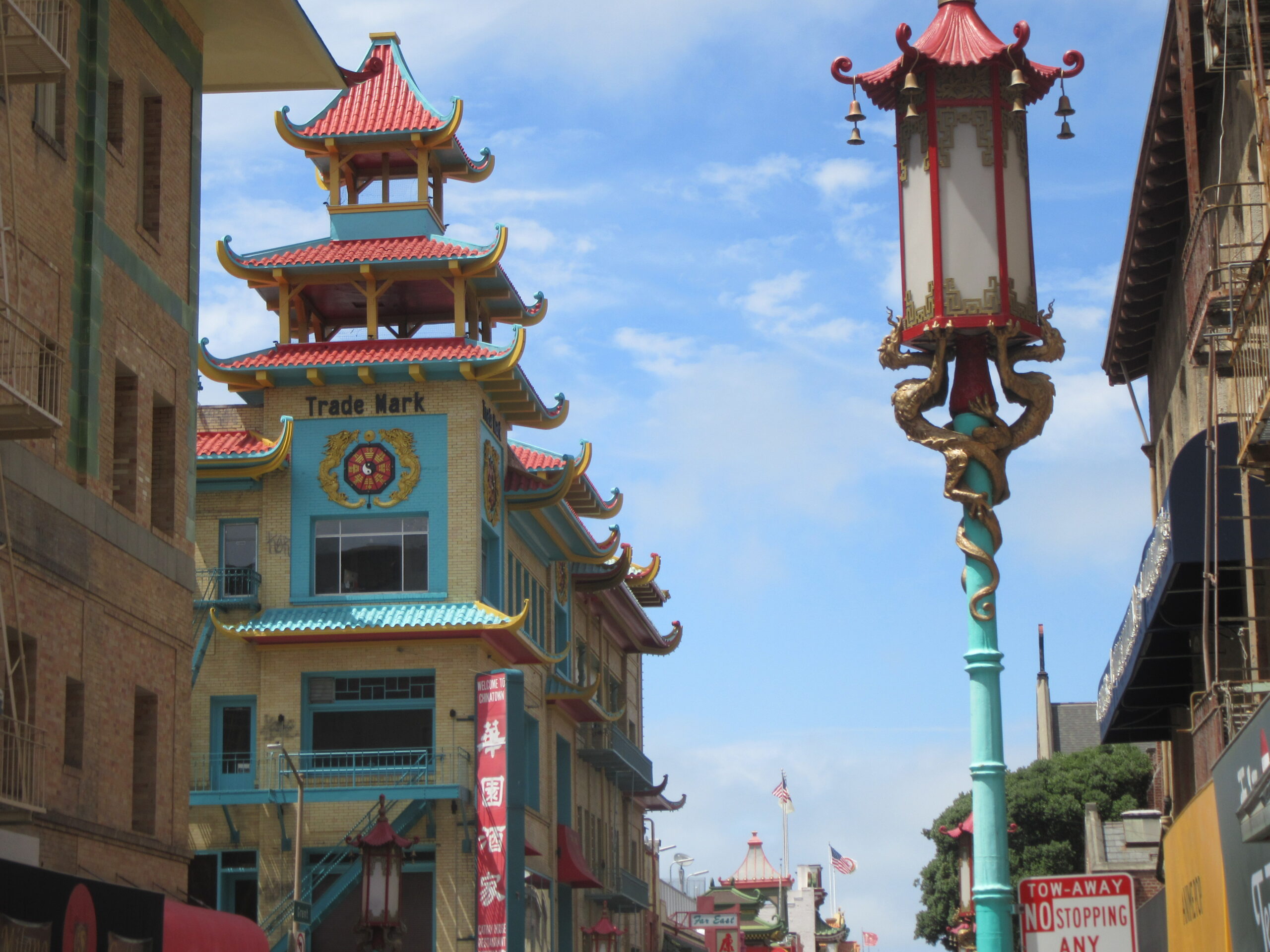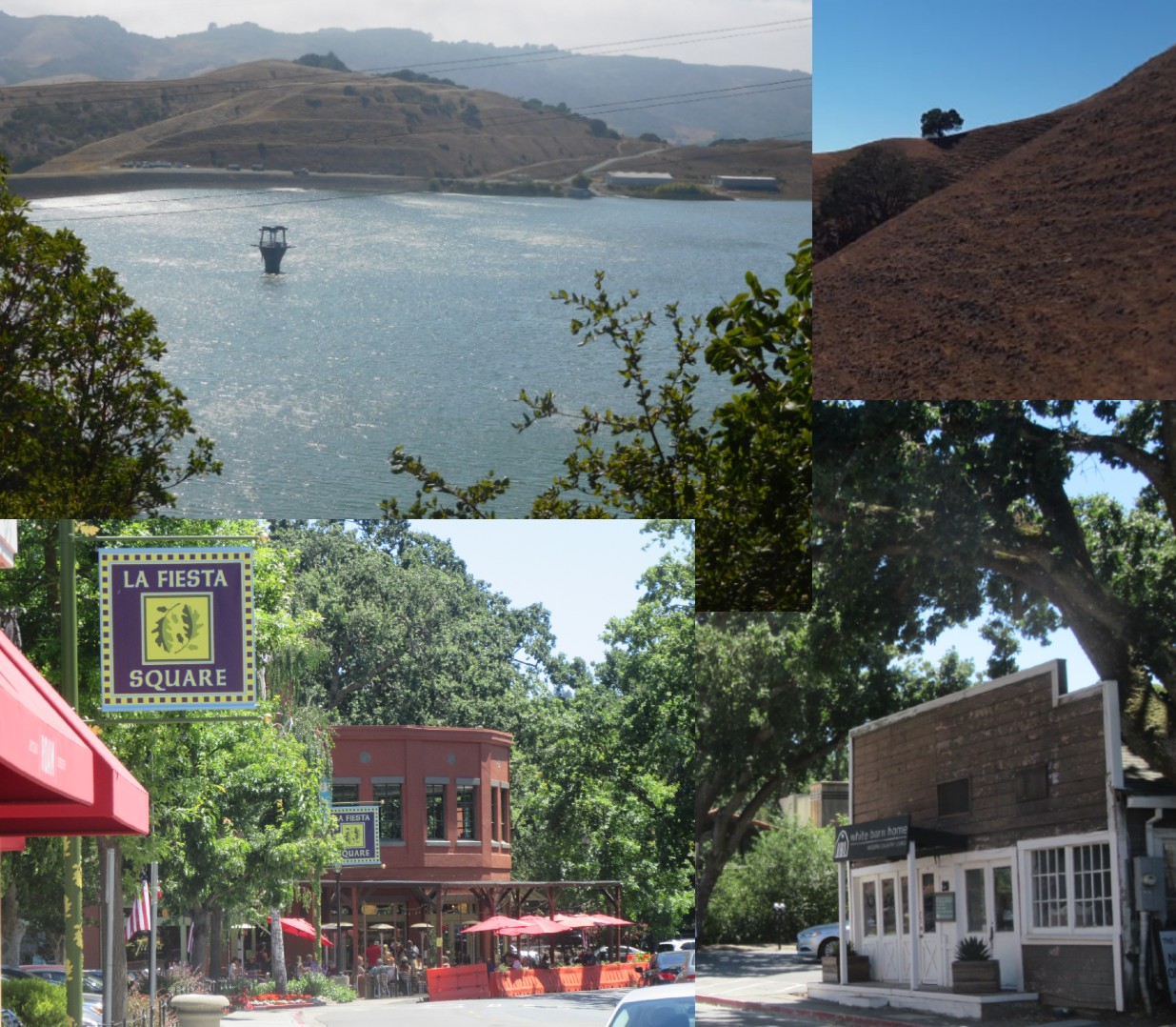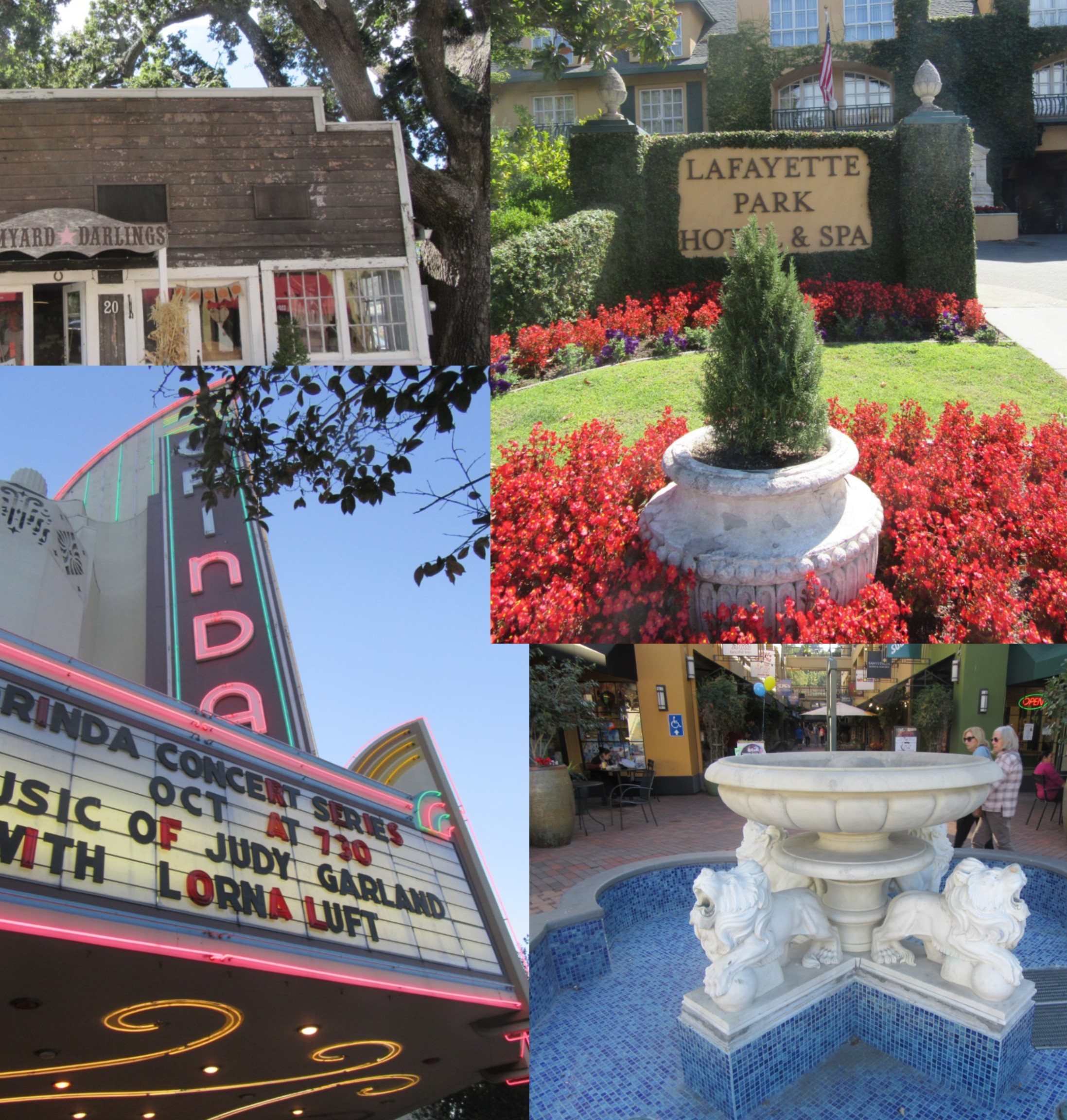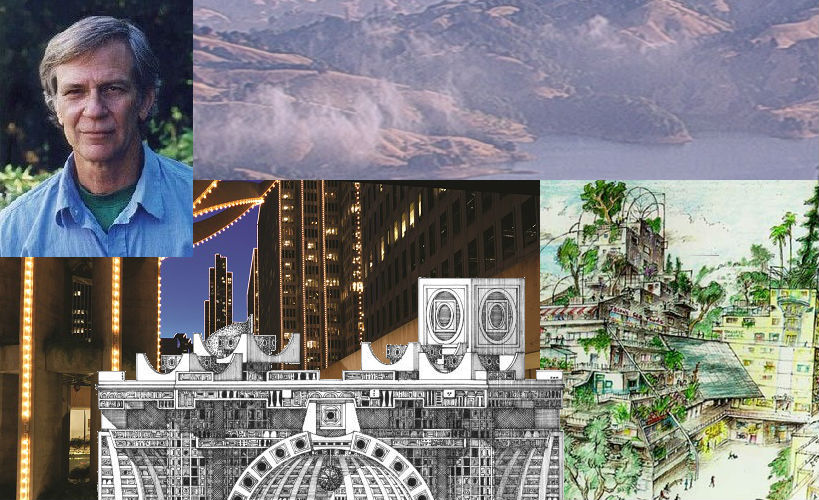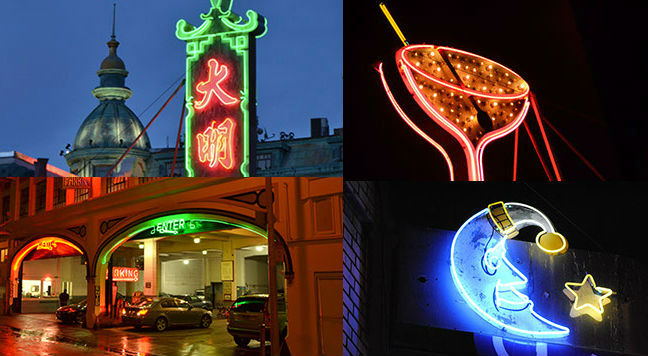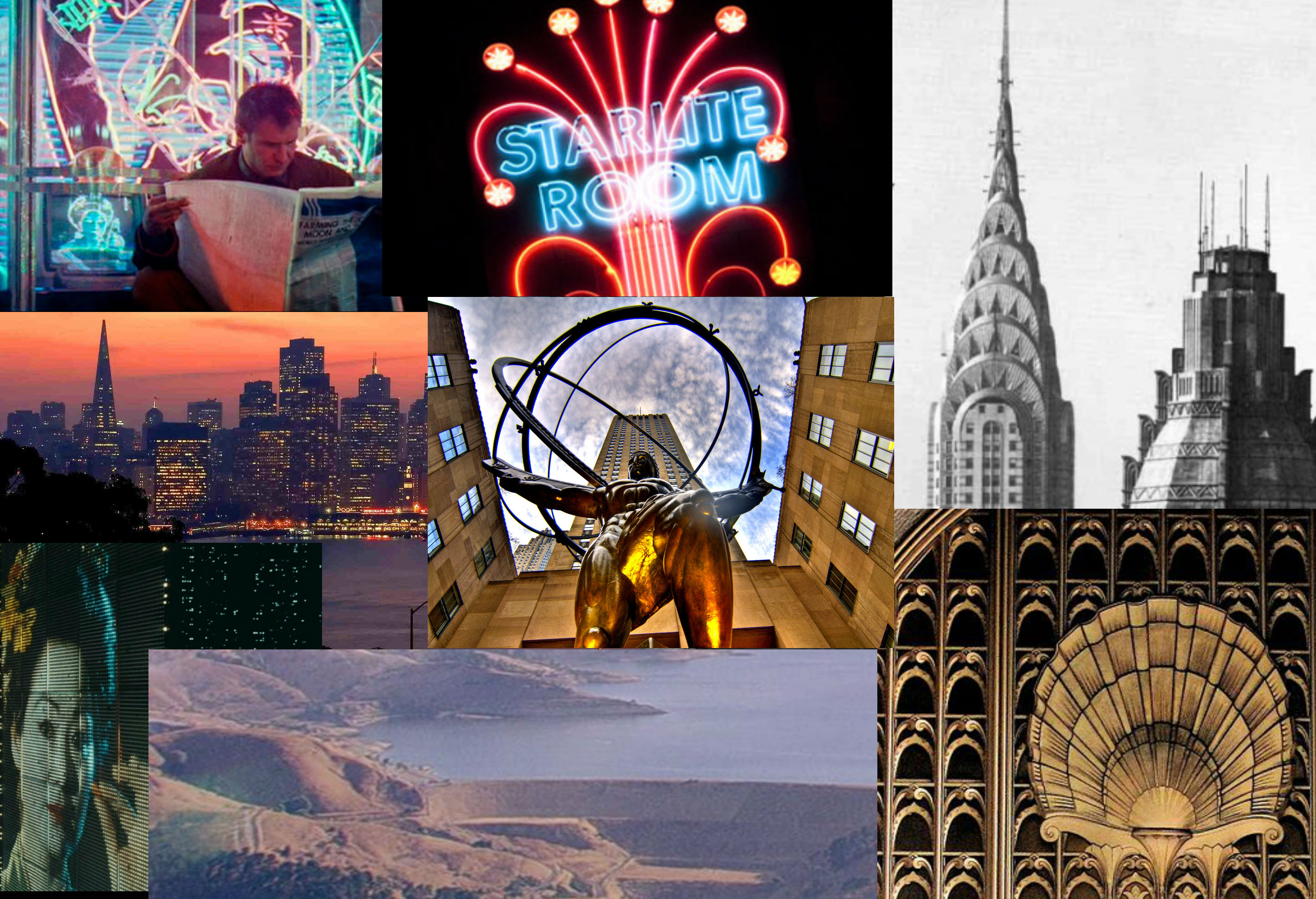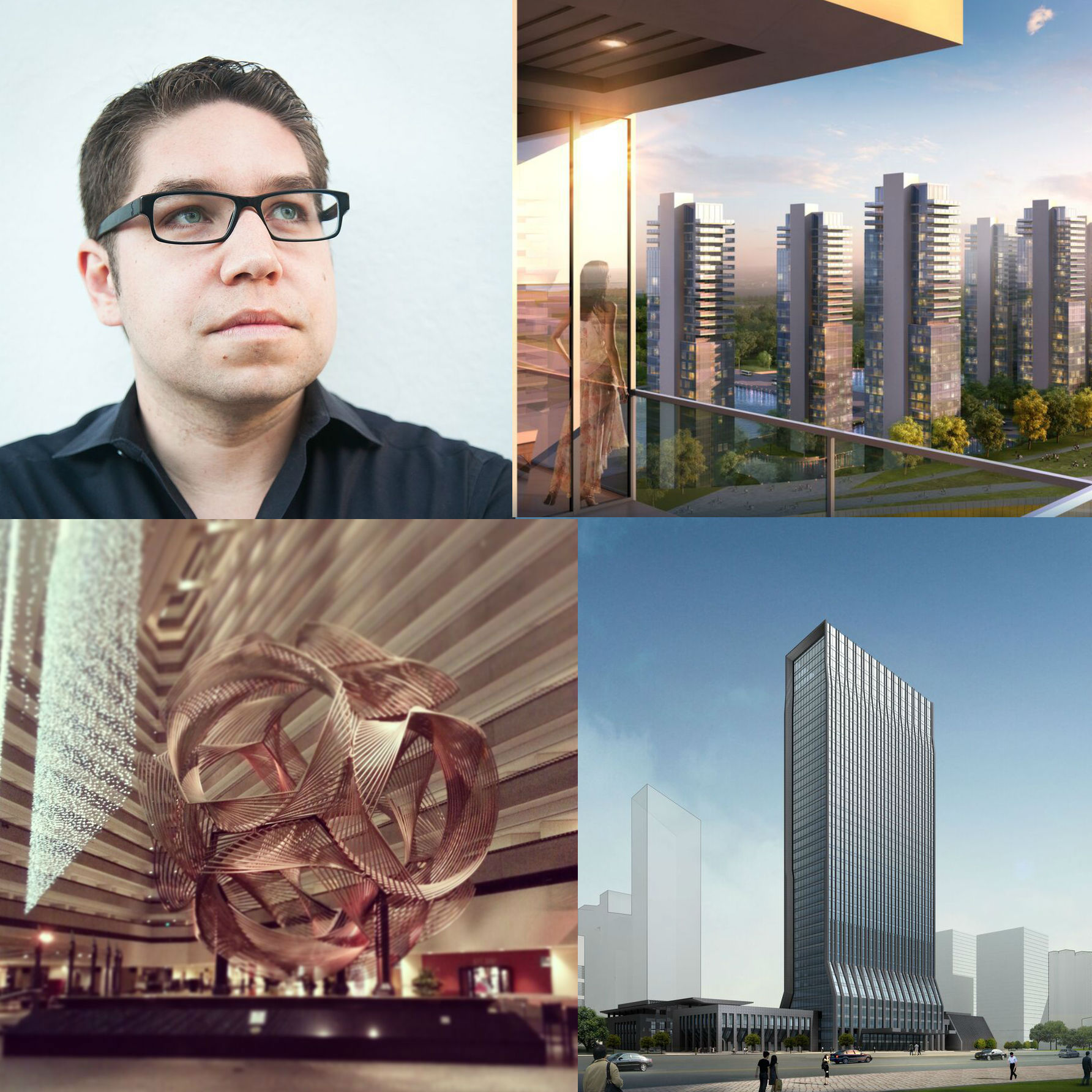Robert Stark and Francis Nally (aka Pilleater) talk to The Flower Heart about Asian American culture, and immigration and demographic trends, particularly in the San Francisco Bay Area. The Flower Heart, whose moniker is a Chinese expression for being a player, is a second generation Chinese American who grew up in Oakland’s Chinatown. You can read his articles on Substack.
Topics include:
-The history of Chinese immigration to the US
-The divide between older Cantonese and more recent Mandarin speaking Chinese immigrants, the former which The Flower Heart is from
-How Indian h1bs are replacing Chinese people in Silicon Valley and the degree of tension between those two groups
-Contrasting The Flower Heart’s experiences at diverse Alameda HS and majority White and affluent Miramonte HS in Orinda
-How many Asian youth from the East Bay emulate Black culture
-How The Flower Heart’s mom joked that she sent him to a majority White HS because it was less hypercompetitive than an Asian school
-How White/Asian mixed marriages are more common in White areas like Orinda than in Asian ethnoburbs
-How a mixed Asian/Latino ethnogenesis is forming in certain East Bay cities like San Leandro
-When The Flower Heart’s dad recently sold his house in the majority White suburb of Danville, Indian families purchased every new home
-How the future is ethnogenesis forming along class lines rather than either balkanization or a melting pot
–The gender dynamics between White and Asian couples
-Francis’s demographic observations from New York and Philadelphia
-How most assimilated Chinese Americans are moving to the suburbs
-Is K-pop responsible for rising Asian male desirability?
-Reasons that Asians voted Republican in the past but are now more Democrat
-How Asians are having a political moderating impact on the Bay Area
–Pulling Up The Ladder?-The Child of Immigrants Makes the Case for Moderate Immigration Restriction
–The Flower Heart’s debate with Walt Bismarck over high vs low skilled immigration
-The reasons for conformity and favoring lucrative career paths over self-actualization in Chinese culture
-Why The CCP will invade Taiwan to maintain its legitimacy
Click Here to download!
Checkout Robert Stark’s Facebook page, Twitter, Instagram, Stark Truth TV, novel Vaporfornia, and subscribe to his Substack.
